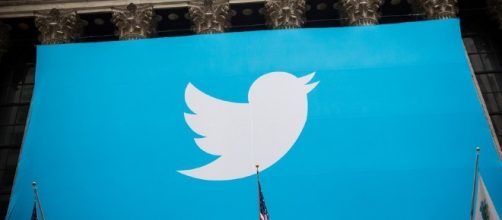When if first hit the internet 2006, micro-message social media service Twitter was used by people who preferred its short-body form of getting messages across. Over the passing of time it became a go-to source of “trending topics”, then news, then as a rally point for mass action, and quite unfortunately in recent years as a breeding ground and shooting range of sorts for online harassment and hate. One needs only to look at the flack generated against actress Leslie Jones when she was starring in the “Ghostbusters” remake with the all-female team cast.
Lately Twitter’s also been the hangout of the more vocal “alt-right” supporters of President Donald Trump. To go on Twitter can sometimes mean to get lots of abuse, but the company behind the service is going into overdrive to address it.
Tweaks to curb abuse
During the evening of Monday January 30, Twitter engineering VP Ed Ho revealed new "long overdue fixes to mute/block" features, part of a series of new measures available to Twitter users to shut out people who seemingly exist on the platform just to make people miserable, as well as to prevent trolls who from intensifying their usual abusive practices by creating multiple new accounts to deluge their victims with hate and threats. No further details were shared by a company spokesperson about these changes, save for an assurance that Twitter is taking on the massive abuse on their platform with "a sense of urgency", and that the new improvements will be felt by users within the coming days.
The released statement pointed out that "some will be immediately visible, while others will be more targeted to specific scenarios."
An internal source from Twitter says that the company is giving their users multiple levels of “mute” options for tweets they receive, enabling them to block out specific topics on social media and control incoming notifications that just keep on popping up. In practice this gives Twitter patrons the power to stop getting any incoming tweets with a specific word or phrase that they deem to be abuse or trolling, or shut off any tweets or re-tweets about certain people or organizations (no tweets from or mentioning Donald Trump for instance).
No to trolls by any other name
It’s been a favored tactic by Twitter trolls to create more than one account to hit their targets from more than one mouthpiece, a problem that the service has struggled with for years. Fortunately their capability of detecting whenever a notoriously abusive user is creating new accounts has vastly improved, and thus enables them to stop trolls from doing so. Ultimately it’s their continuing search for a good balance between curbing abuse on their social media without completely removing free speech that’s been the principle Twitter strives to follow in creating guidelines for their users in utilizing their platform better.

